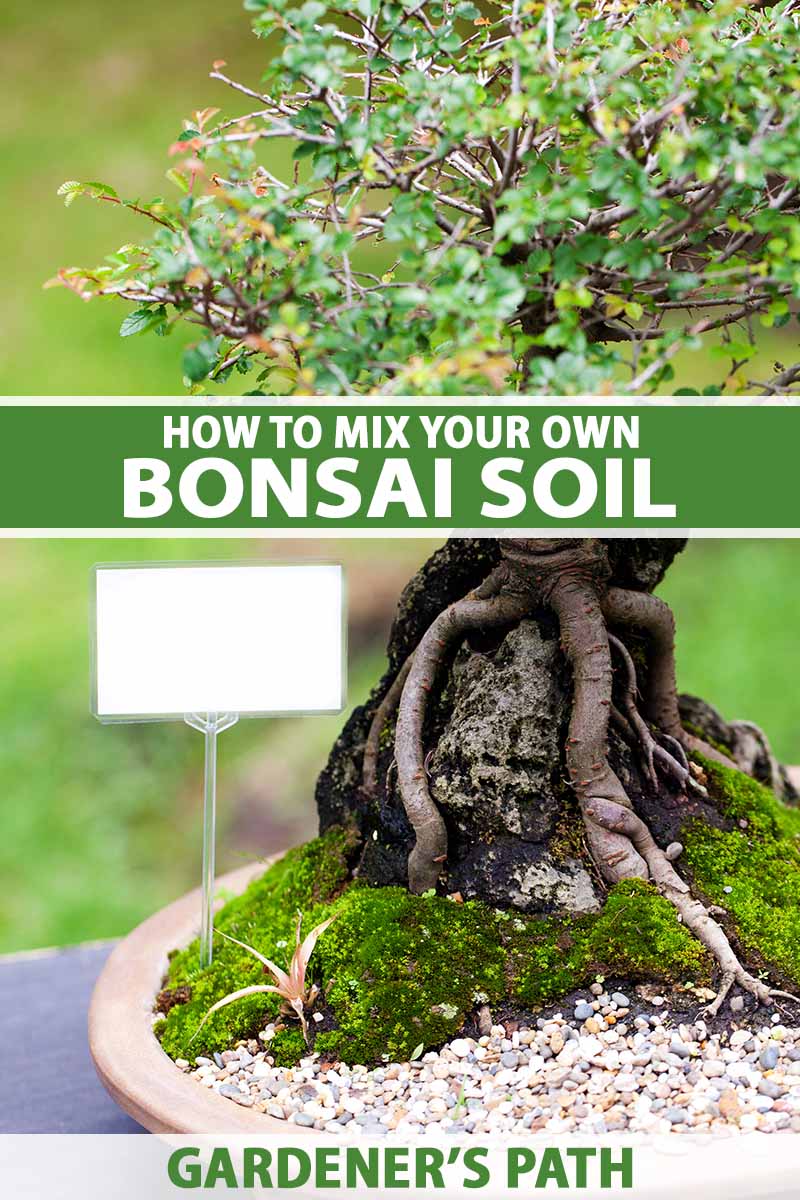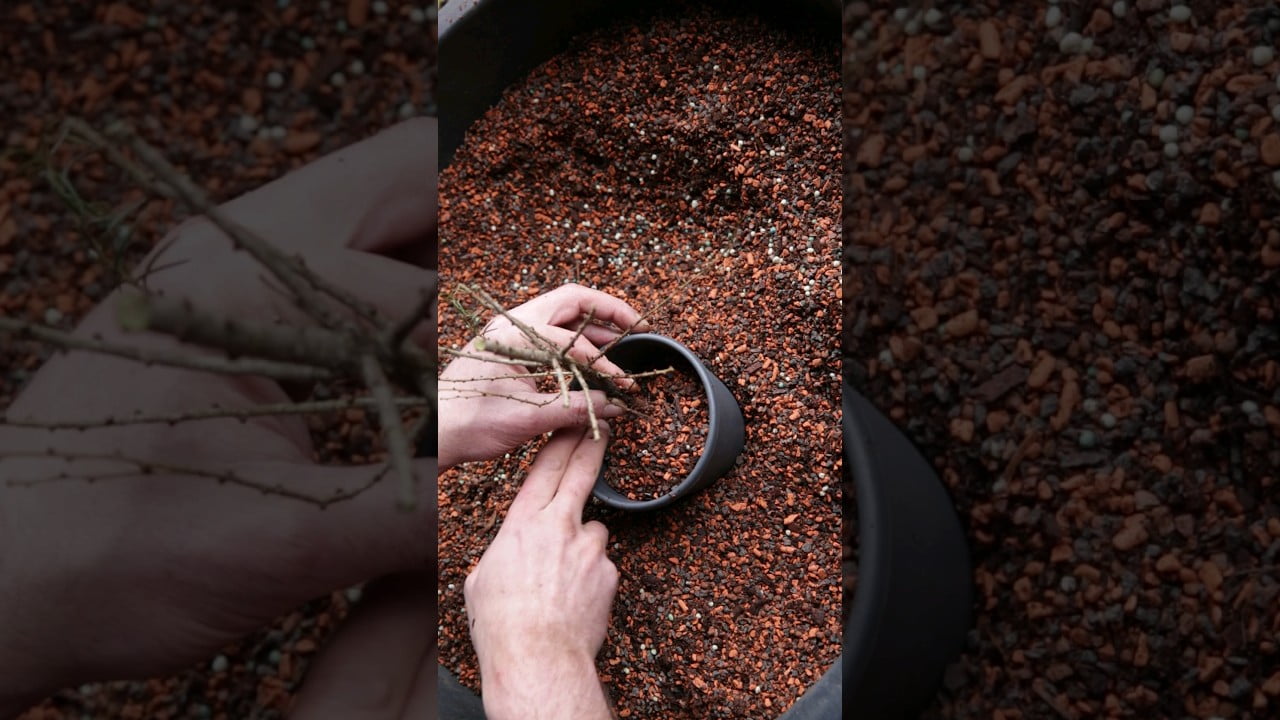When it comes to selecting the best potting mix for bonsai trees, there are several factors to consider. The right mix can greatly impact the health and growth of your bonsai, ensuring that it thrives in its miniature environment. In this article, we will explore the different components of a good bonsai potting mix, including the importance of well-draining soil, organic matter, and proper pH levels.
We will also delve into the different options available, such as pre-packaged mixes or creating your own blend. Whether you’re a beginner or an experienced bonsai enthusiast, this article will provide you with the information you need to make an informed decision and give your bonsai trees the best growing conditions possible.
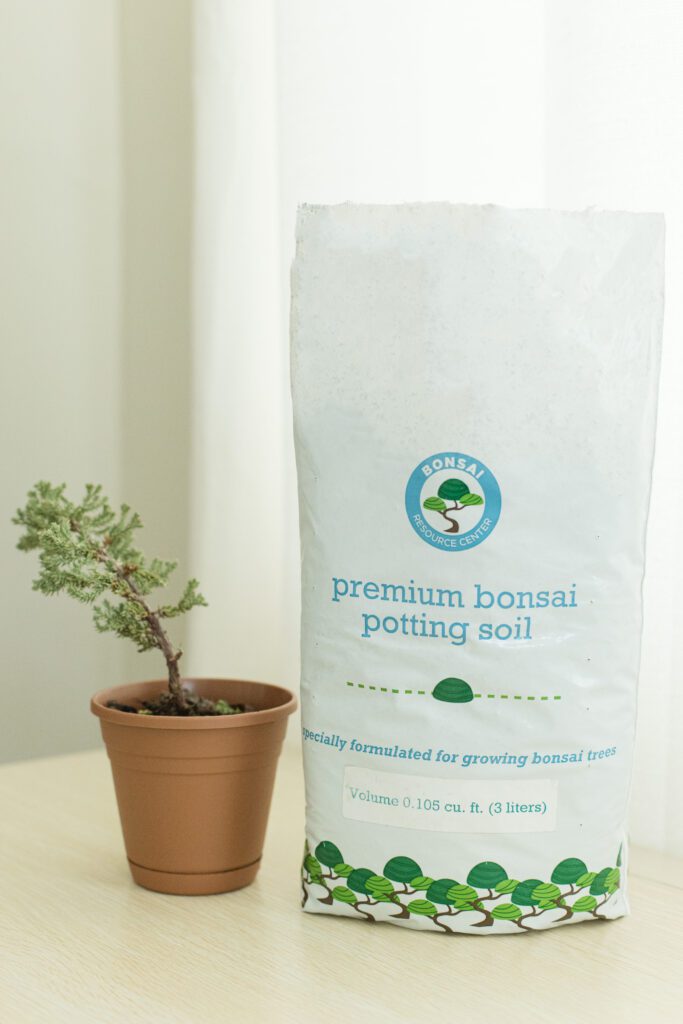
Factors to Consider
When it comes to bonsai trees, choosing the right potting mix is a crucial aspect of their overall health and well-being. The potting mix directly affects the tree’s root development, water retention, nutrient absorption, and overall growth. With so many options available, it can be overwhelming to determine which potting mix is best for your bonsai. In this article, we will explore various types of potting mixes, their advantages and disadvantages, and which bonsai trees they are most suitable for. Let’s dive in!
Types of Potting Mixes
Traditional Soil Mix
The traditional soil mix is a common choice for bonsai enthusiasts and often consists of a combination of organic and inorganic components. It typically includes components such as garden soil, sand, perlite, and compost. This mix provides a good balance of moisture retention and drainage.
Akadama Mix
Akadama is a type of volcanic clay commonly used in bonsai cultivation. This mix is highly regarded for its excellent water retention properties while still offering adequate drainage. Akadama is also known for its ability to break down slowly over time, providing necessary nutrients to the bonsai tree.
Kiryu Mix
Kiryu is a type of granular volcanic stone that is particularly useful for bonsai trees with a predisposition to root rot. This mix offers excellent drainage capabilities, ensuring that excess water does not accumulate around the roots.
Pumice Mix
Pumice is a lightweight volcanic rock that provides excellent drainage and aeration for bonsai trees. This mix is particularly suitable for trees that require a well-draining substrate, such as pines or junipers.
Kanuma Mix
Kanuma is a type of acidic volcanic soil that is primarily used for acid-loving plants, such as azaleas and camellias. This mix provides the necessary pH balance for these specific bonsai trees, ensuring optimal growth and health.
Traditional Soil Mix
Composition
The traditional soil mix for bonsai trees typically consists of garden soil, sand, perlite, and compost. The exact ratios may vary depending on the specific requirements of the bonsai tree.
Advantages
One of the main advantages of the traditional soil mix is its accessibility. The components can be easily sourced from local gardening stores or even your own backyard. Additionally, this mix provides a good balance of water retention and drainage, which is essential for the overall health of the bonsai tree.
Disadvantages
While the traditional soil mix offers many benefits, it also has a few drawbacks. One disadvantage is its tendency to compact over time, leading to poor drainage and root health. Additionally, the organic components in this mix may decompose, causing the soil to become dense and less suitable for the bonsai tree’s root development.
Suitable Bonsai Trees
The traditional soil mix is suitable for a wide range of bonsai trees. However, it is particularly well-suited for deciduous trees, such as maples and elms, as they generally prefer a slightly denser soil.
Akadama Mix
Composition
The Akadama mix primarily consists of Akadama, a type of volcanic clay commonly found in Japan. It may also include other components such as pumice, lava rock, or leaf mold, depending on the specific needs of the bonsai tree.
Advantages
One of the significant advantages of the Akadama mix is its exceptional water retention abilities. Akadama can absorb water efficiently while still providing adequate drainage, preventing waterlogging and root rot. This mix also breaks down slowly over time, releasing essential nutrients to the bonsai tree.
Disadvantages
Although the Akadama mix offers many benefits, it does have a few disadvantages. One downside is its relatively high cost compared to other potting mixes. Additionally, Akadama tends to break down over time, requiring frequent repotting to maintain its effectiveness.
Suitable Bonsai Trees
The Akadama mix is particularly suitable for coniferous trees such as pines and junipers. These trees thrive in well-draining soil and benefit from the water retention properties of Akadama.
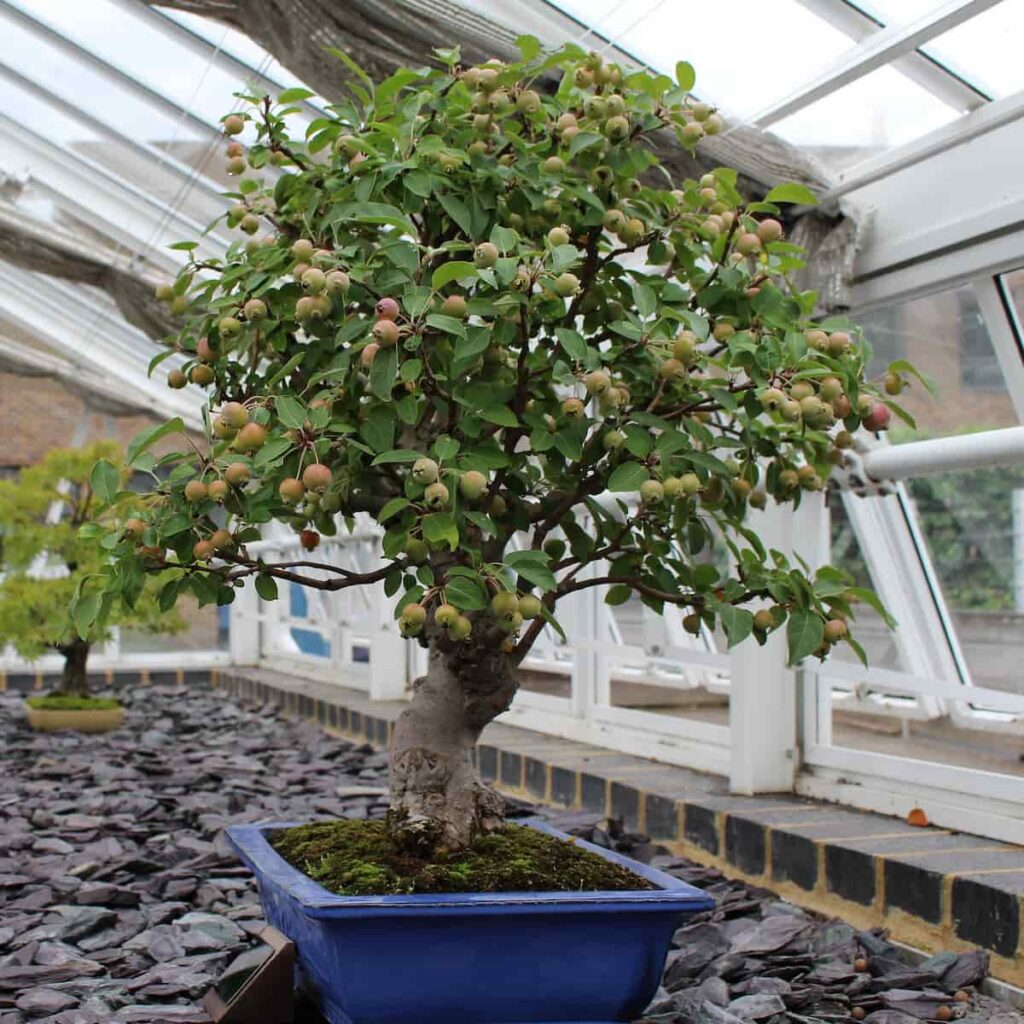
Kiryu Mix
Composition
The Kiryu mix mainly consists of Kiryu, a granular volcanic stone with excellent drainage capabilities. Depending on the specific needs of the bonsai tree, it may also include other components such as Akadama or organic matter.
Advantages
One of the main advantages of the Kiryu mix is its superior drainage capabilities. This mix ensures that excess water quickly drains away, preventing waterlogging and root rot. It also provides optimal aeration for the roots, promoting healthy root development.
Disadvantages
While the Kiryu mix offers excellent drainage, it may not retain enough moisture for bonsai trees that require more consistent watering. Additionally, the absence of organic matter in this mix means that the bonsai tree may not receive the necessary nutrients.
Suitable Bonsai Trees
The Kiryu mix is particularly suitable for bonsai trees that are susceptible to root rot, such as tropical trees or trees with delicate root systems. It provides the necessary drainage to prevent water accumulation and subsequent root issues.
Pumice Mix
Composition
The Pumice mix primarily consists of pumice, a lightweight volcanic rock that offers excellent drainage and aeration. It may also include other components such as Akadama or organic matter, depending on the specific requirements of the bonsai tree.
Advantages
The main advantage of the Pumice mix is its superior drainage capabilities. Pumice allows excess water to drain quickly, preventing waterlogging and root rot. It also provides optimal aeration for the roots, promoting healthy root development.
Disadvantages
One potential disadvantage of the Pumice mix is its low water retention properties. Bonsai trees that require more consistent moisture may not thrive in this mix alone. Additionally, the absence of organic matter means that the bonsai tree may not receive the necessary nutrients.
Suitable Bonsai Trees
The Pumice mix is particularly suitable for bonsai trees that require a well-draining substrate, such as pines or junipers. These trees prefer their roots to be sufficiently aerated and free from excess moisture.
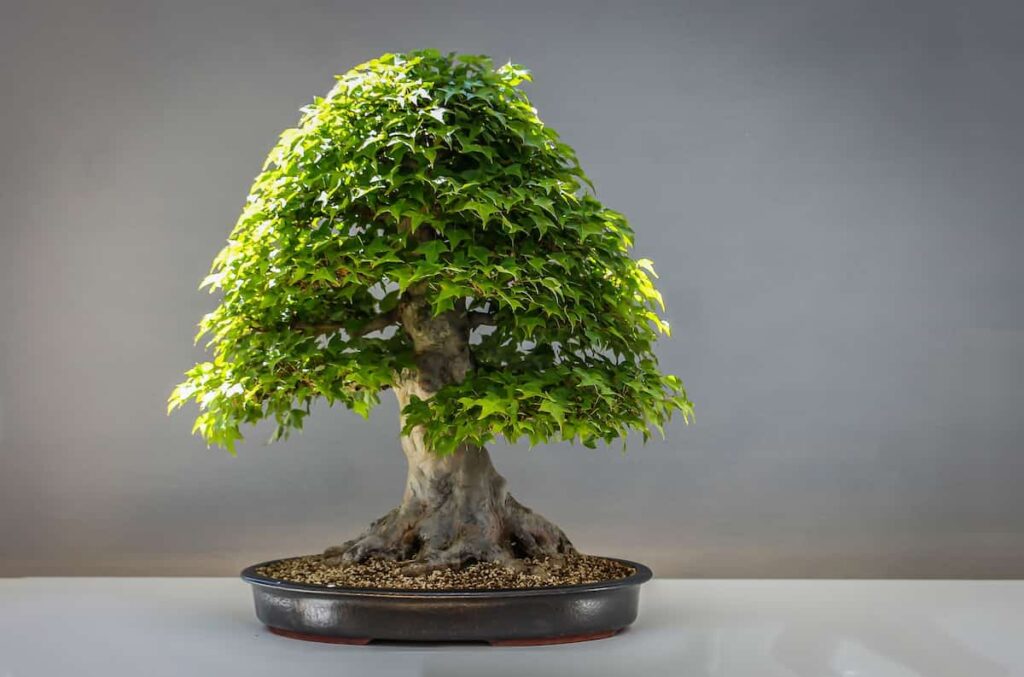
Kanuma Mix
Composition
The Kanuma mix primarily consists of Kanuma, an acidic volcanic soil commonly used for acid-loving plants. It may also include other components such as Akadama or organic matter, depending on the specific needs of the bonsai tree.
Advantages
One of the significant advantages of the Kanuma mix is its acidity, which is crucial for acid-loving bonsai trees. It provides the optimal pH balance for these trees, ensuring their health and growth. Additionally, Kanuma is known for its excellent water retention properties.
Disadvantages
The main disadvantage of the Kanuma mix is its limited suitability for non-acid-loving bonsai trees. Using this mix for trees that prefer neutral or alkaline soil conditions can lead to adverse effects on their health and overall growth.
Suitable Bonsai Trees
The Kanuma mix is particularly suitable for bonsai trees that thrive in acidic soil, such as azaleas and camellias. These trees require a specific pH balance to ensure their optimal development.
DIY Potting Mix
Ingredients
If you prefer to create your own potting mix, you can do so by combining various components. Some common ingredients for a DIY potting mix include garden soil, sand, perlite, vermiculite, bark, compost, and sphagnum moss. The ratios of these ingredients can be adjusted based on the specific needs of your bonsai tree.
Mixing Ratios
The mixing ratios for a DIY potting mix may vary depending on the type of bonsai tree and its specific requirements. It is essential to research the specific needs of your bonsai tree and adjust the ratios accordingly. Generally, a good starting point is to combine equal parts soil, perlite, and organic matter.
Advantages
Creating your DIY potting mix allows you to customize the components based on the specific needs of your bonsai tree. It can also be a cost-effective option compared to purchasing pre-made mixes. Additionally, using organic matter in the mix can enhance soil fertility and provide necessary nutrients to the bonsai tree.
Disadvantages
One potential disadvantage of a DIY potting mix is the need for thorough research and experimentation. It may take time and trial and error to find the ideal mix for your bonsai tree. Additionally, novice bonsai enthusiasts may have difficulty understanding the specific needs of their trees and creating a balanced mix.
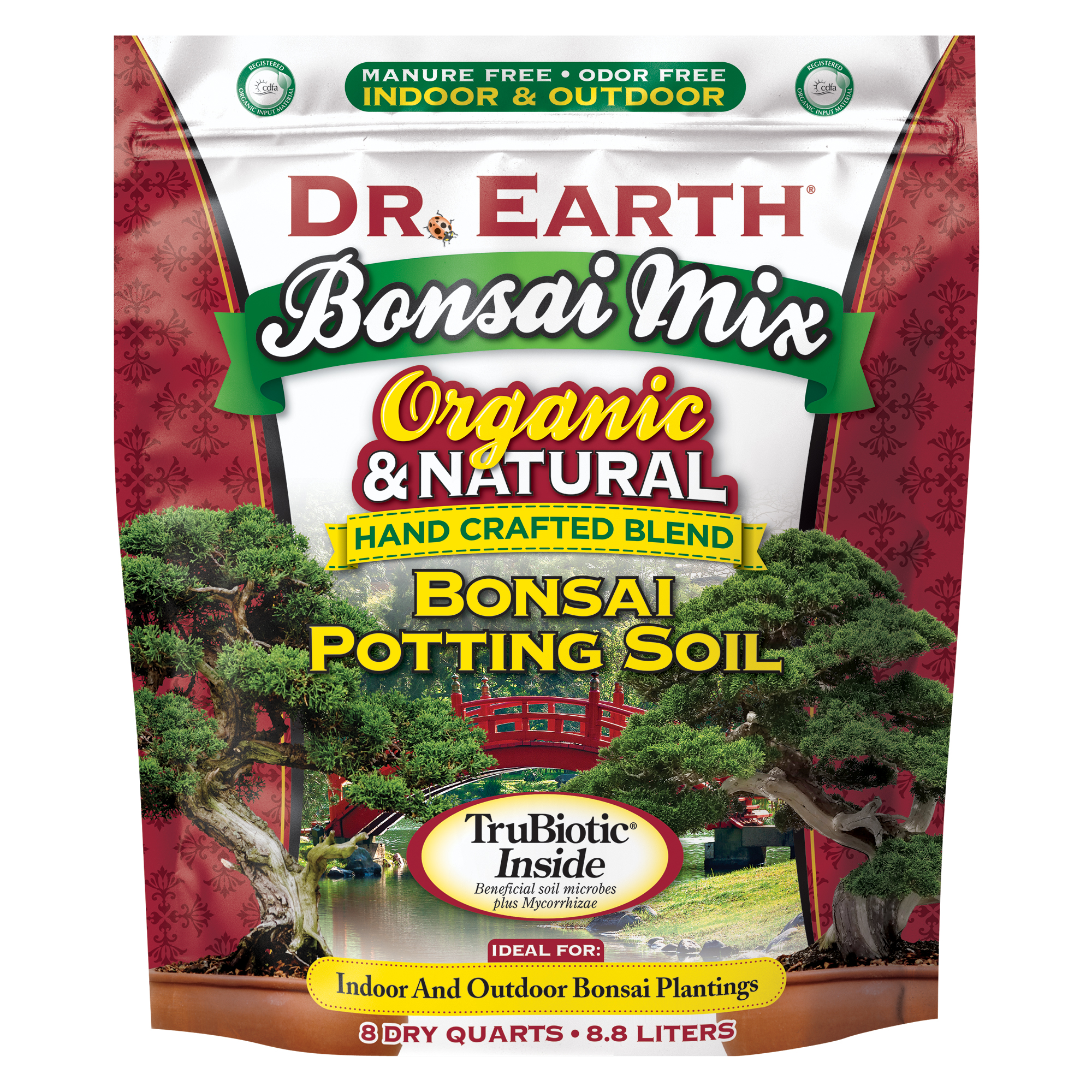
Best Potting Mix for Different Bonsai Trees
Coniferous Trees
For coniferous trees such as pines and junipers, a well-draining mix is essential. The Akadama mix or the Pumice mix is particularly suitable for these trees as they provide optimal drainage and aeration. The Kiryu mix can also be beneficial, especially for trees prone to root rot.
Deciduous Trees
Deciduous trees, such as maples and elms, generally prefer a slightly dense soil that retains more moisture. The traditional soil mix and the Akadama mix are suitable options for these trees as they provide a good balance of water retention and drainage.
Tropical Trees
Tropical trees, including ficus and bougainvillea, thrive in moist environments with good drainage. The Kiryu mix or the Pumice mix can be suitable for tropical trees, as they offer excellent drainage capabilities while still retaining some moisture.
Conclusion
Choosing the best potting mix for your bonsai tree is crucial for its overall health and growth. Factors such as the type of bonsai tree, climate, root development, watering needs, and nutrient requirements should all be taken into consideration. Whether you opt for a pre-made mix or prefer to create your DIY mix, understanding the advantages and disadvantages of each type is essential. By selecting the right potting mix, you can provide the ideal conditions for your bonsai tree to thrive and flourish. Happy bonsai gardening!
